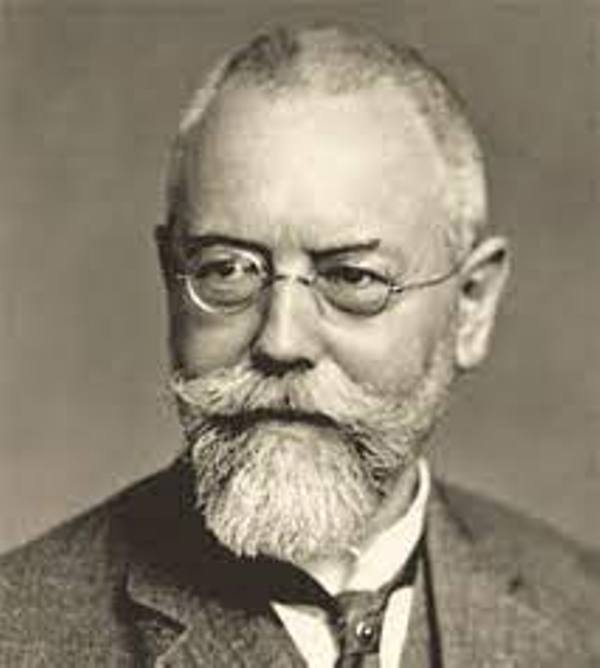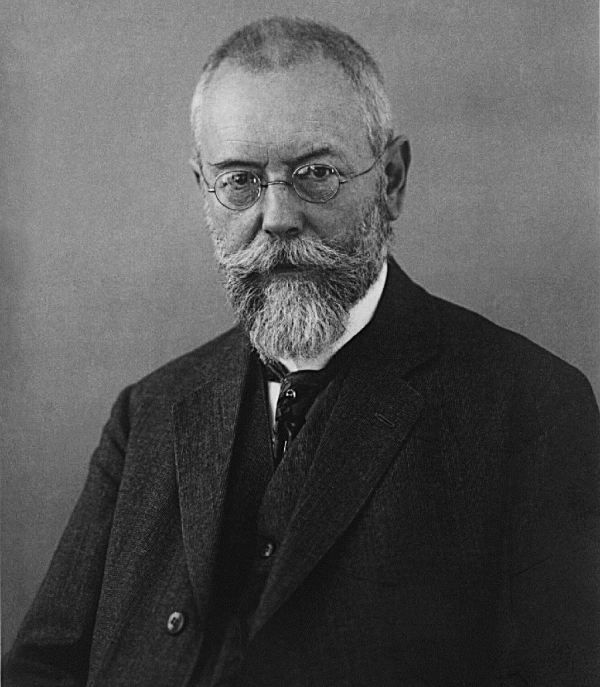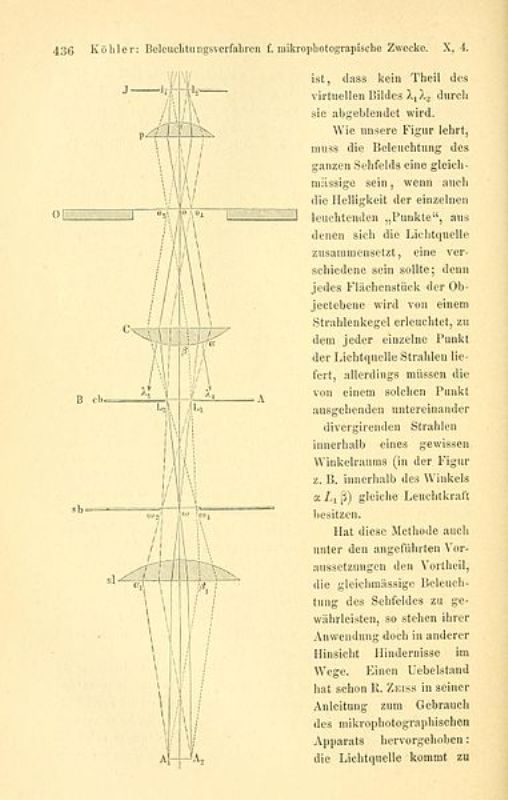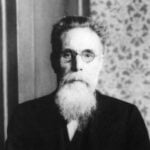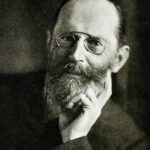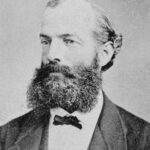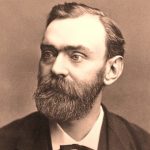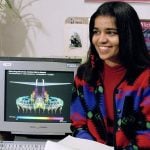August Köhler Age, Death, Wife, Family, Biography
Quick Info→
Wife: Ida Köhler
Hometown: Darmstadt, Germany
Age: 82 Years
| Bio/Wiki | |
|---|---|
| Full name | August Karl Johann Valentin Köhler |
| Profession(s) | Microscopist, Professor |
| Known for | Developing a microscopy technique called Köhler illumination |
| Career | |
| Field | Physics |
| Thesis | Taxonomy of limpets |
| Doctoral Advisor | Johann Wilhelm Spengel |
| Notable Works | • Discovered Grid radiation (also known as grid illumination) • Designed a microscope that operated in the ultraviolet region • Contributed to the development of modern light microscope design |
| Awards and Honours | Honorary medical doctor degree from the University of Jena, Germany (1934) |
| Personal Life | |
| Date of Birth | 4 March 1866 (Sunday) |
| Birthplace | Darmstadt, Hessen, Germany |
| Date of Death | 12 March 1948 |
| Place of Death | Jena, Germany |
| Age (at the time of death) | 82 Years |
| Zodiac sign | Pisces |
| Nationality | German |
| Hometown | Darmstadt, Germany |
| School | Ludwig-Georgs-Gymnasium, Darmstadt |
| College/University | • Technical University, Darmstadt • University of Heidelberg • University of Giessen |
| Educational Qualification(s) | • Graduated with a teaching degree (1888) • Doctorate degree from the University of Giessen (1893) Notes: August Köhler studied various subjects such as zoology, botany, mineralogy, physics, and chemistry. |
| Family | |
| Wife/Spouse | Ida Köhler |
| Parents | Father- Julius Köhler (Chief accountant) Mother- Marie Köhler |
Some Lesser Known Facts About August Köhler
- August Köhler started teaching at gymnasiums in Darmstadt and Bingen after graduating with a teaching degree in 1888.
- He was appointed as a student instructor and assistant to Professor J.W. Spengel at the Zoological Institute at the University of Giessen, Germany, where he also pursued advanced studies.
- August Köhler’s doctorate thesis ‘Taxonomy of Limpets’ covered the subjects of microscopic imaging, which was published in 1893. His research led him to work on improving the quality of images in photomicrography.
- Köhler served as a grammar school teacher for several years in Bingen.
- Siegfried Czapski invited Köhler to work at the Zeiss Optical Works company in Jena, Germany in 1900 after realising the significance of his work on microscope illumination.
- In 1904, August Köhler worked with his colleague Moritz von Rohr, at Zeiss, to develop a microscope that worked in the ultraviolet region of the electromagnetic spectrum. This invention hugely contributed to the development of ultraviolet and fluorescence microscopy.
- Köhler discovered grid radiation (also known as grid illumination) in 1909. This method was commonly used in the 1930s for the treatment of tumours.
- Köhler suggested that Zeiss should make all of the matched objectives on the microscope nosepiece parfocal in 1911. This suggestion resulted in the development of a parfocal lens, which enabled an image to remain in focus when changing magnification on a microscope.
- He was appointed as a professor of microphotometry at the University of Jena and also became an honorary professor of the Medical Faculty in 1922.
- He filed a patent for his fixed-ocular microscope design on 16 April 1924 in Germany, and he registered for the patent of the same invention in the United States on 31 March 1925.
- August Köhler was elected as the head of the Department of Microscopy, Microphotography and Projection at Zeiss in 1938. He worked for Zeiss as a physicist for 45 years until his retirement in June 1945.
- The Royal Microscopical Society reprinted a translation of Köhler’s original article titled ‘A New System of Illumination for Photomicrographic Purposes’ in 1994. This article included the original woodcut drawing portraying the microscope optical train, and also a re-labelled colour version.
- Köhler Illumination technique is also applied in the fine-structure analyses of diatoms and has contributed to several other applications in the field of biology.
- He filed at least 35 patents in the USA and Europe that included projection methods and illumination for kinematographs, microscope applications, light and dark field illumination, and many more during his time at Zeiss.

